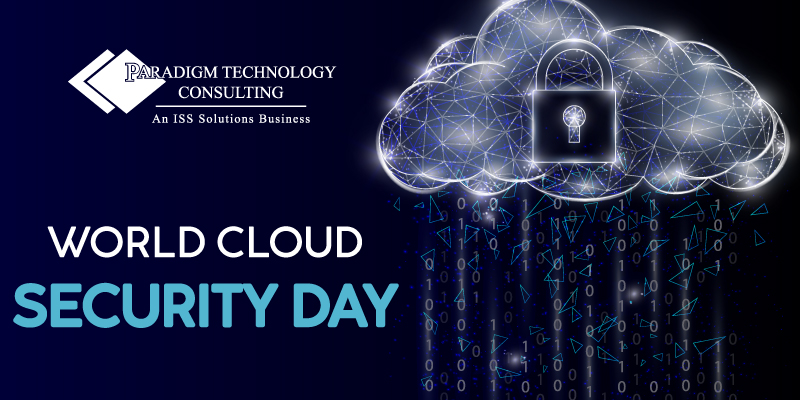In an era where cloud computing drives innovation, efficiency, and scalability, security remains the crux of trust and reliability. World Cloud Security Day is a global initiative dedicated to raising awareness about the critical role of cloud security in protecting data, applications, and infrastructure from evolving cyber threats.
Why Cloud Security Matters
As organizations shift to cloud-based solutions, the attack surface expands, creating new vulnerabilities. Cybercriminals target cloud environments through data breaches, ransomware attacks, and misconfigurations, making robust security measures more essential than ever. Cloud security encompasses identity and access management, encryption, compliance, threat detection, and incident response, ensuring that sensitive data remains protected from unauthorized access and malicious actors.
Key Cloud Security Challenges
- Data Breaches – Unauthorized access to sensitive data can lead to financial loss, legal consequences, and reputational damage.
- Misconfiguration Risks – Poorly configured cloud settings can expose data to the public, making organizations vulnerable to attacks.
- Compliance and Regulations – Organizations must adhere to industry standards like GDPR, HIPAA, and SOC 2 to ensure data privacy and security.
- Insider Threats – Employees and contractors with access to cloud systems pose potential security risks if their credentials are compromised or misused.
- Shared Responsibility Model – Cloud security is a joint effort between cloud providers and customers, requiring a clear understanding of roles and responsibilities.
Best Practices for Strengthening Cloud Security
- Implement Multi-Factor Authentication (MFA) – Adding an extra layer of security ensures that only authorized users gain access.
- Encrypt Data at Rest and in Transit – Encryption prevents unauthorized parties from deciphering sensitive information.
- Regular Security Audits and Monitoring – Continuous monitoring and periodic security assessments help detect vulnerabilities early.
- Zero Trust Architecture – Verifying every access request, regardless of location, minimizes the risk of unauthorized access.
- Employee Training and Awareness – Educating staff on security best practices reduces the likelihood of human error leading to security breaches.
How to Participate in World Cloud Security Day
- Attend Webinars and Workshops – Engage with industry experts to learn the latest trends and best practices in cloud security.
- Conduct a Cloud Security Audit – Evaluate your organization’s cloud security posture and address any weaknesses.
- Raise Awareness on Social Media – Share insights, tips, and statistics using #WorldCloudSecurityDay to spread the message.
- Collaborate with Cybersecurity Professionals – Exchange knowledge and strategies to strengthen cloud security defenses.
Looking Ahead
As cloud adoption continues to rise, securing digital assets must remain a top priority for businesses and individuals alike. World Cloud Security Day serves as a reminder that proactive security measures, continuous learning, and collaboration are key to building a safer, more resilient cloud ecosystem.
Let’s work together to fortify the digital sky. Happy World Cloud Security Day!

